With the world environment changing so drastically over the last decade, more and more organizations recognize the value of sustainable building methods. Through new technology, materials, and practices, those companies are gaining better efficiency at creating sustainable building methods. In this article, we will look at the top 10 of those methods that are currently in use, or under development.
1. Green Roofs
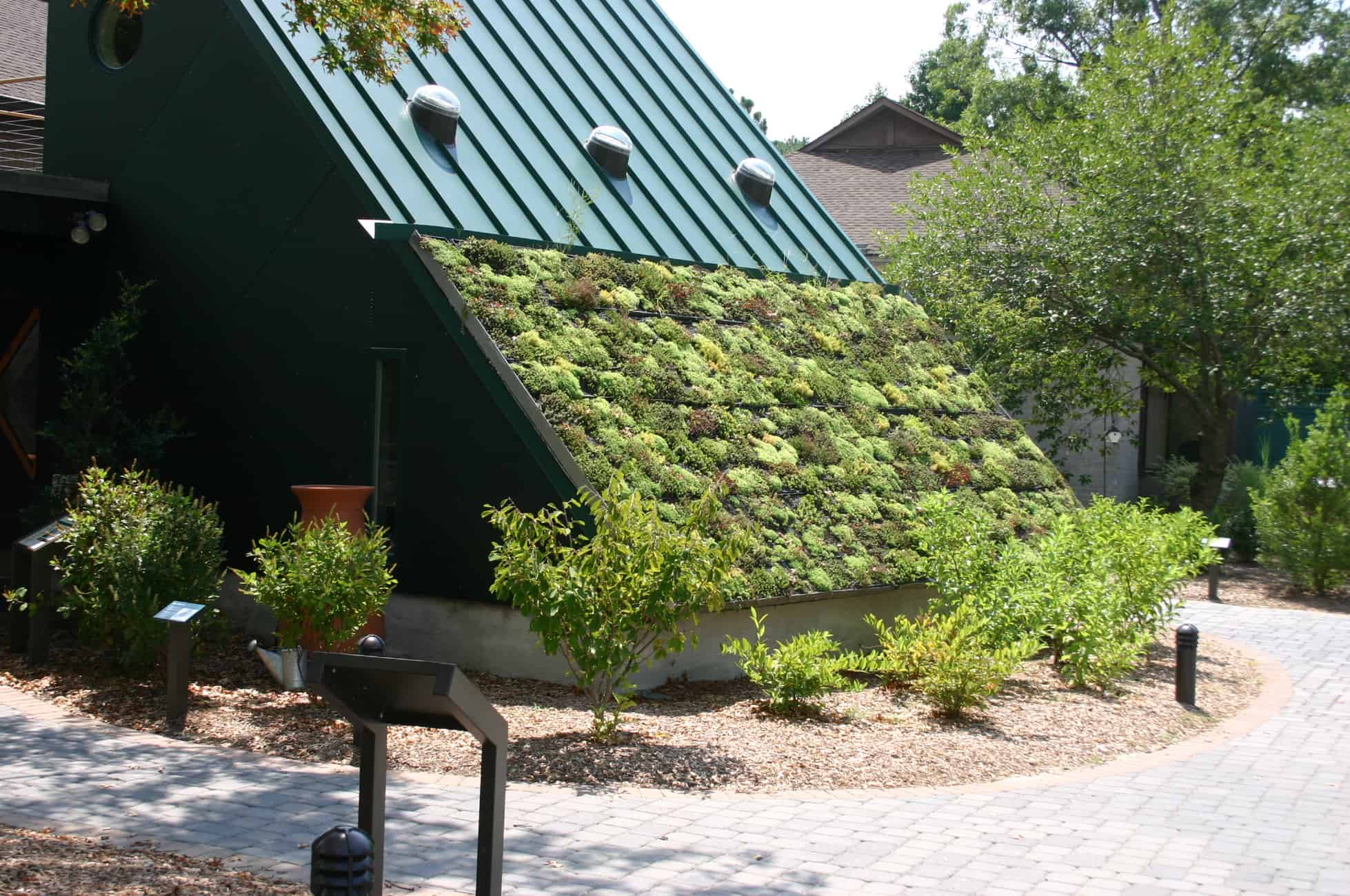
One of the best innovations in sustainable building s green roofs. They are gaining popularity atop commercial buildings. Green roofs are how they sound, instead of standard roofing material, they use a substance that allows plants, flowers, grass, and bushes to grow on the material. That helps the environment in more ways than one. They absorb stormwater so that it does not overflow into the streets, it keeps heat in the building and improves overall air quality.
2. Synthetic Roof Underlayment
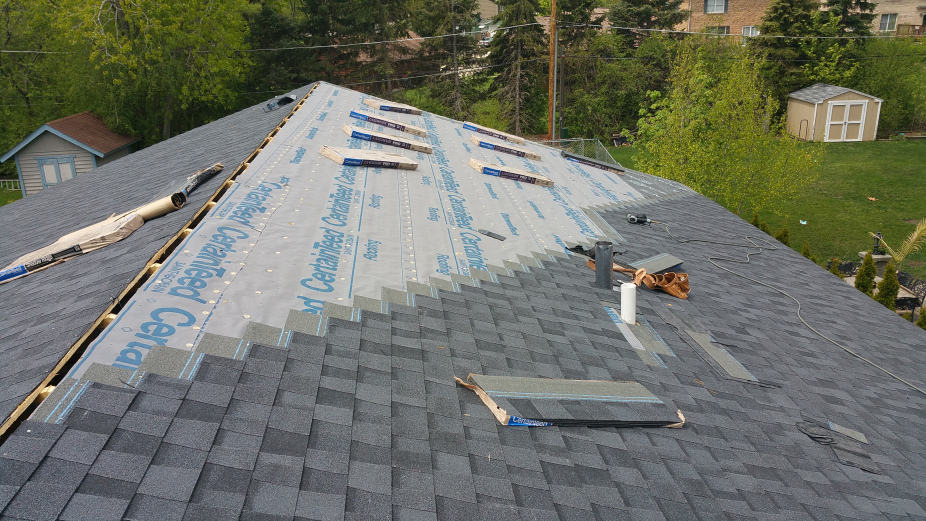
On the subject of roofing, underlayment on roofs is typically asphalt-based. The issue with that is it degrades relatively quickly. Tha degrading means that it requires regular replacement to keep moisture out of the interior of the building. The introduction of synthetic based roof underlayment has changed that problem, and almost removed it entirely. Synthetic materials offer a lighter alternative that can withstand more wear and tear that is common in an exterior environment. Furthermore, synthetic materials use recycled polymers from scrap materials. Not to mention that it also eliminates VOCs.
3. Passive Solar
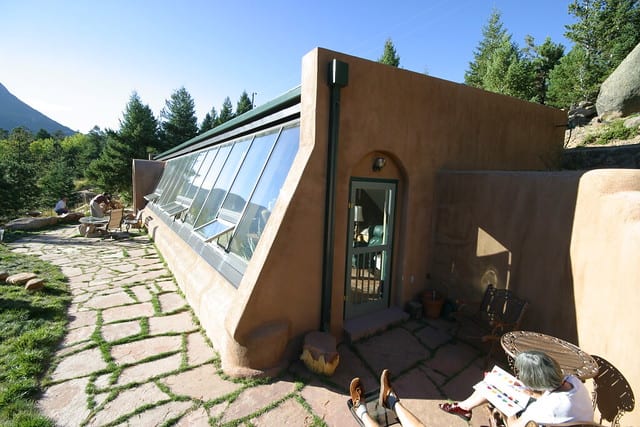
Utilizing the facilities location and design is another way to gain a sustainable solar energy source for the building. Based on the passive solar concept, the location and design will maximize solar energy for heating during winter and reduce solar heating impact during summer months.
From the category: Solar energy
4. Solar Thermal Cladding
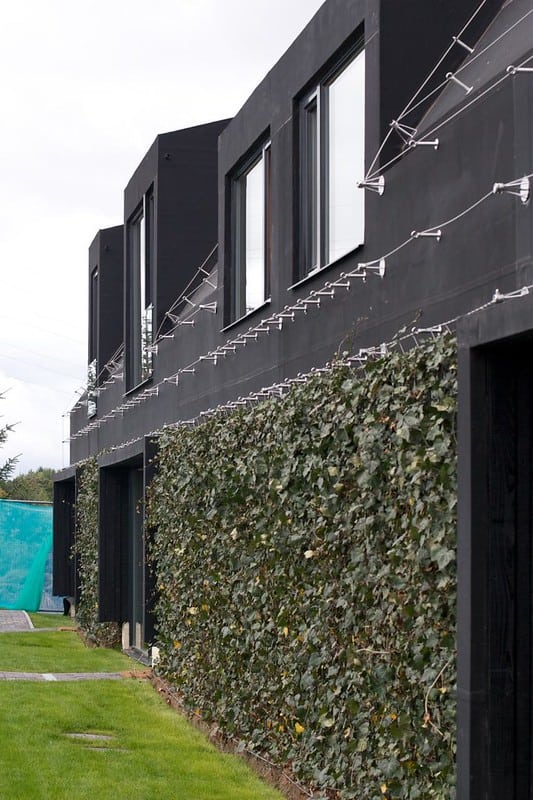
Solar thermal cladding is a building material that retains heat during the winter. The energy from the sun is stored within the cladding and conducted into the building to ensure adequate heating and heat retention.
See also: Solar Panel Installation
5. Self-healing Concrete
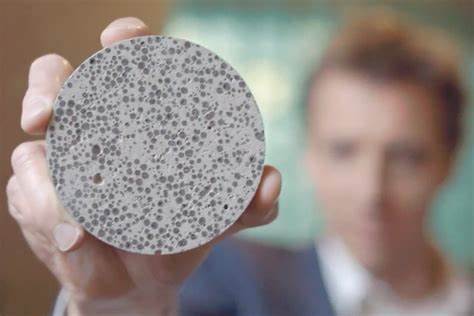
The new concrete mix contains lime-producing bacteria. Their work should make expensive and complicated manual repairs of concrete structures superfluous in the future. They can theoretically “sleep” in concrete for up to 200 years and only become active when water penetrates the concrete structure through cracks. Only then will the bacteria absorb the nutrients begin to produce limestone. With the help of the lime, the cracks should then close automatically without human intervention.
6. IoT Integrated Automated Building Systems
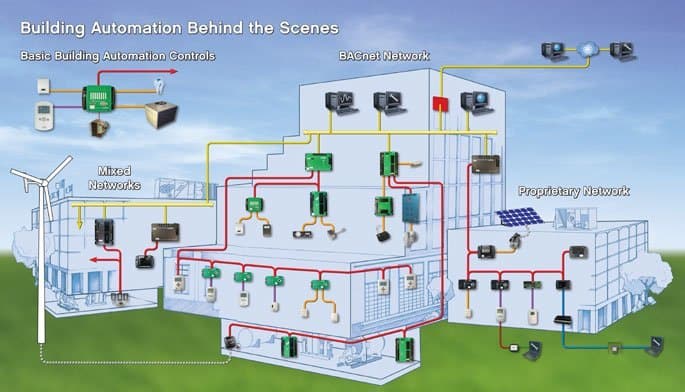
Internet of Things (IoT) allows facility managers to gain access to the data that they would not otherwise have. There are small sensors connected and integrated with automated building systems to improve the operations. For example, IoT sensors can adjust the ventilation and lighting levels inside a building based on numerous readings. Therefore, facility managers don’t need to manually adjust or input data from multiple pieces of equipment.
You should be interested also in STCs
7. Grid Hybrid System
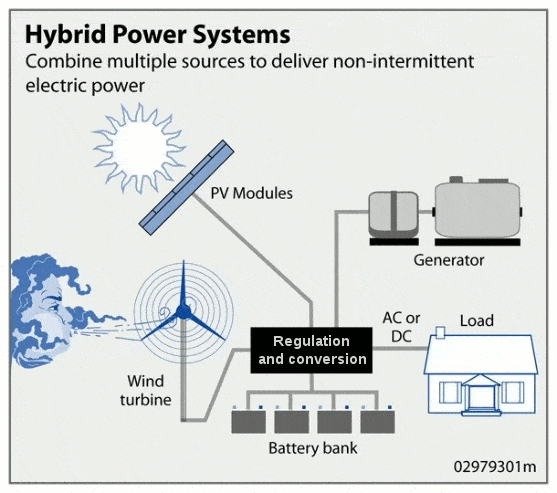
While renewable energy sources provide a sustainable way for buildings to power their equipment, many grid systems lack the ability for storage of that power during low solar availability. A hybrid system will store any excess energy and allow the renewable energy to function at night, or during other conditions that aren’t ideal for generating power.
8. Greywater Plumbing Systems
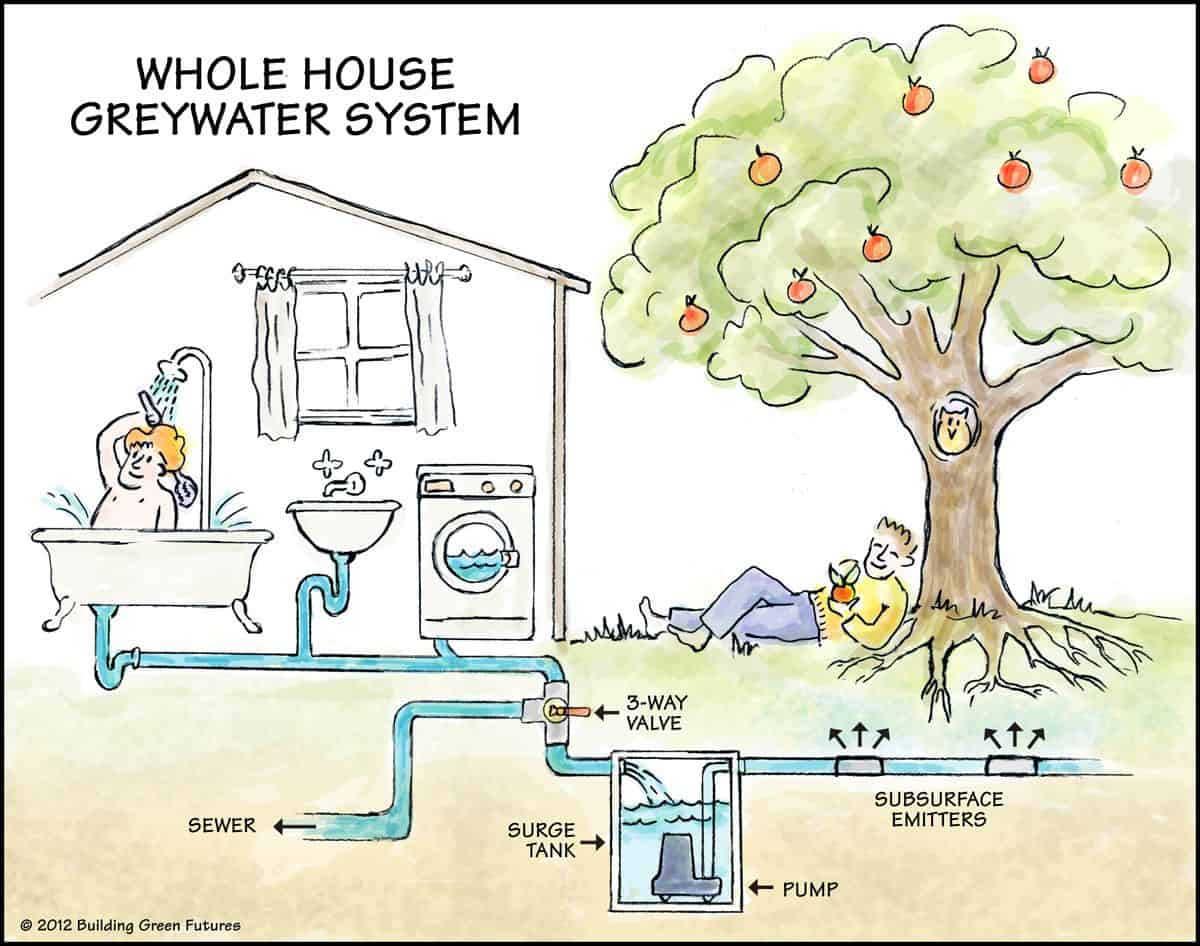
Greywater systems reduce any facility’s requirement for freshwater. The reason for that is everything except for toilet water can be reused. The most common uses for this reused water is for irrigation and supplying toilets with water.
9. Electrochromic Glass

Electrochromic glass changes from clear to opaque dependant on external factors such as electrical currents or UV rays. That ability eliminates the requirement of shades and other window dressings, while passively adapting to the current conditions. One of the Additional benefits includes blocking the majority of UV rays.
10. 3D Printing Structures
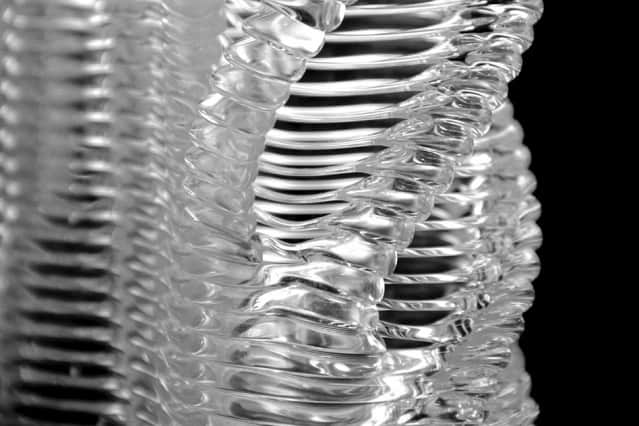
Creating and transporting building materials to a job site can have large environmental costs. As 3D structure printing becomes more advanced, it is getting easier to lower shipping costs and reduce the weight of those materials.
Conclusion
Although we have only mentioned ten of the top sustainable building methods, they are not the only ones we have available. As time and technology advances, we will see the introduction of more methods, and a higher frequency of seeing them in everyday use. Furthermore, as that same technology improves, we will undoubtedly see a cost reduction and higher efficiency of them. We can only hold out to see what the future brings, but as we have seen these new methods, we can have some hope that we will be beginning a new era of building.